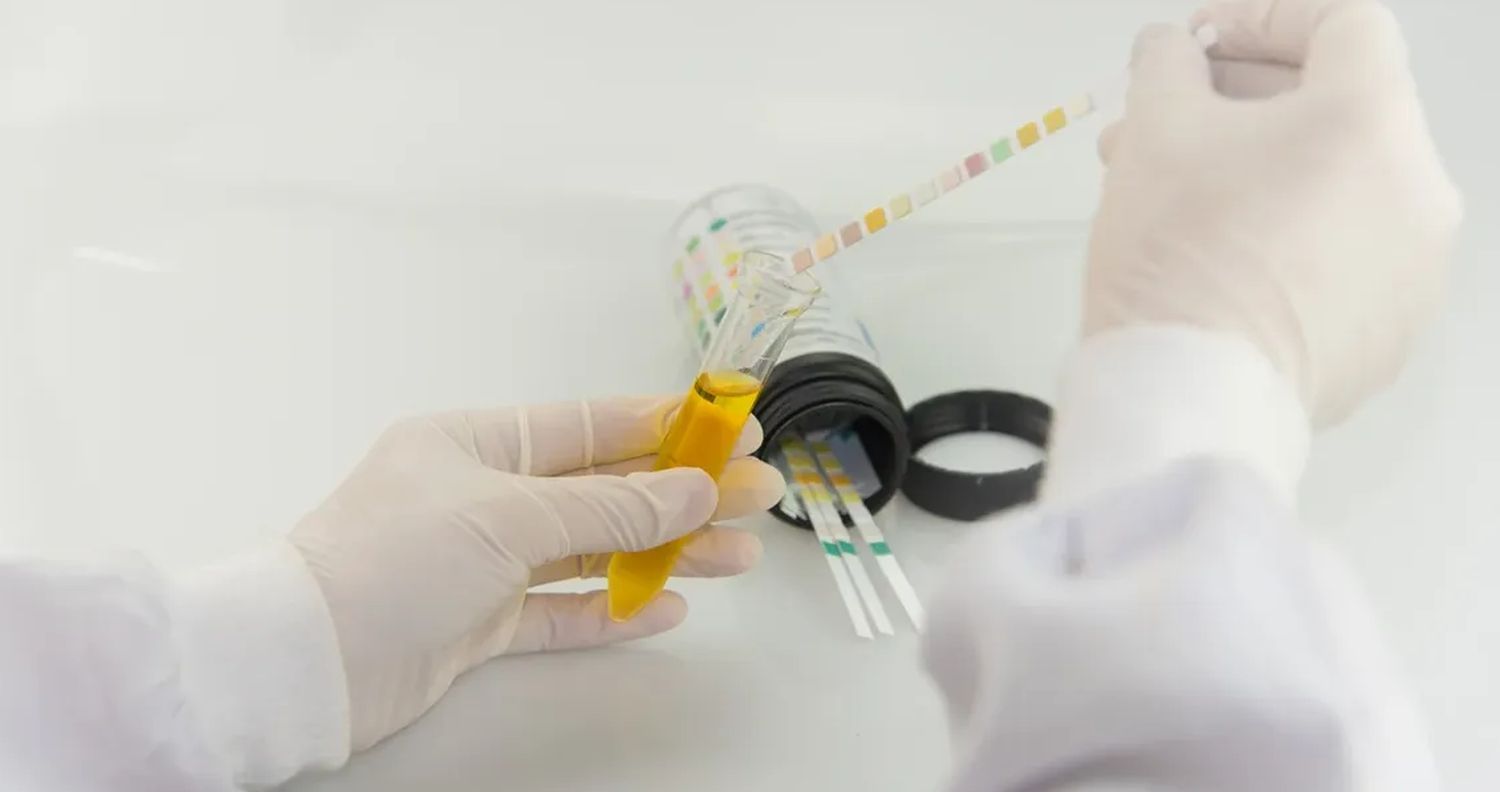Urine Protein/Creatinine Ratio (UPCR) Results Explained

Urine Protein/Creatinine Ratio (UPCR) Results Explained
The Urine Protein/Creatinine Ratio (UPCR) test functions as a tool for evaluating kidney function and finding protein loss in urine. This guide explains UPCR testing, normal ranges, and its role in monitoring kidney health, pregnancy complications, and risk factors.
If you recently received your results back and need a personalized explanation regarding what they mean, LabAnalyzer can offer a specific breakdown.
Understanding UPCR Testing
The UPCR test shows the relationship between urine protein and creatinine levels, providing information about kidney health.
What is Protein in Urine?
Proteins work as essential molecules for body functions
Normal urine contains minimal protein
High urine protein points to:
Kidney damage
Medical problems
Filtering issues
Clinical testing measures amounts
What is Creatinine?
Creatinine forms from muscle metabolism
Kidneys filter this waste product
Urine carries creatinine out
Levels stay consistent
Testing standardizes results
Why Use the UPCR Test?
UPCR testing offers:
Quick results
No 24-hour collection
Reliable measurements
Early problem detection
Medical professionals use it to check:
Kidney function
Disease progression
Treatment results
High-risk conditions
Normal Range Values
UPCR results show milligrams of protein per gram of creatinine (mg/g).
Normal UPCR Values
Healthy adults: Below 200 mg/g
Children: Slightly higher but under 200 mg/g
Different labs set specific ranges
Age affects normal values
Gender influences results
Elevated UPCR Levels
Mild Proteinuria: 200-500 mg/g
Signs include:
Early kidney stress
Temporary changes
Exercise effects
Significant Proteinuria: Above 500 mg/g
Indicates:
Active kidney problems
Need for treatment
Close monitoring
Nephrotic-Range: Above 3,000 mg/g
Shows:
Severe kidney damage
Urgent treatment needs
Serious complications
Factors Affecting Results
Temporary rises occur from:
Physical activity
Lack of fluids
Short-term illness
Standing too long
Hot weather
High-protein meals
Long-term changes signal:
Underlying conditions
Disease progression
Treatment needs
Health complications
Kidney Disease Assessment
UPCR testing finds and tracks kidney disease.
Early Detection of Kidney Damage
Protein leakage shows early problems
Testing helps people with:
Diabetes
High blood pressure
Family history
Genetic risks
Multiple risk factors
Regular monitoring includes:
Scheduled tests
Result tracking
Risk assessment
Prevention strategies
Chronic Kidney Disease (CKD) Monitoring
UPCR shows:
Disease stages
Damage levels
Treatment success
Disease progress
Medication effects
Testing frequency changes with:
CKD stage
Health status
Risk factors
Treatment plans
Complication risks
Associated Conditions
Diabetic Nephropathy:
Sugar damage effects
Protein loss patterns
Treatment responses
Progress markers
Risk levels
Glomerulonephritis:
Filter inflammation
Protein spillage
Disease activity
Treatment needs
Recovery signs
Pregnancy Monitoring
UPCR testing checks pregnancy health.
Identifying Preeclampsia
Signs include:
UPCR above 300 mg/g
High blood pressure
Other complications
Testing frequency increases with:
Risk factors
Symptoms
Health changes
Routine Monitoring
High-risk pregnancies need:
Regular testing
Close watching
Quick responses
Risk factors include:
Previous problems
Health conditions
Age factors
Multiple pregnancy
Postpartum Follow-up
After delivery, testing tracks:
Recovery progress
Kidney function
Blood pressure
Overall health
Future risks
Risk Factor Analysis
UPCR helps evaluate kidney damage risks.
Common Risk Factors
Medical conditions:
Diabetes effects
Blood pressure impact
Immune problems
Heart disease
Obesity complications
Monitoring includes:
Regular testing
Risk assessment
Prevention plans
Treatment adjustments
Health education
Environmental and Lifestyle Factors
Risk increases with:
Excess weight
Smoking effects
High salt intake
Lack of exercise
Poor diet choices
Prevention requires:
Lifestyle changes
Regular checkups
Health education
Risk reduction
Support systems
Conclusion
The Urine Protein/Creatinine Ratio test helps medical professionals check kidney health, find pregnancy problems, and manage conditions like diabetes and high blood pressure.
Regular testing and addressing abnormal results helps protect kidney function and prevent complications. Contact your healthcare provider to understand your results and create your care plan.